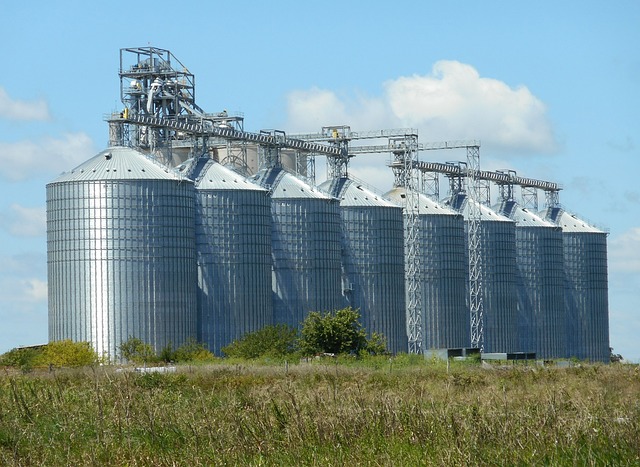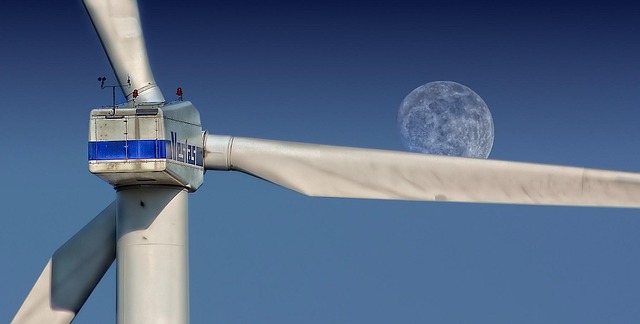Energy Storage: Balancing Supply and Demand in a Green World
In an era defined by increasing environmental awareness and the urgent need to transition to renewable energy sources, energy storage has become a pivotal component of our energy ecosystem. With fluctuations in energy generation from renewable sources like solar and wind, effective energy storage solutions are essential for balancing supply and demand. This article explores the significance of energy storage, the technologies involved, its benefits and challenges, and its role in creating a sustainable future.
The Importance of Energy Storage
Energy storage systems (ESS) play an essential role in modern energy systems. By storing excess energy generated during periods of low demand and releasing it during peak consumption times, these systems ensure a reliable energy supply. The significance of energy storage can be highlighted through several key factors:
Handling Intermittency
Renewable energy sources like solar and wind are inherently intermittent. The sun doesn’t always shine, and the wind doesn’t always blow, which can lead to periods of energy surplus and deficit. Energy storage systems can capture excess energy generated during favorable conditions and make it available when production is low, thus ensuring a stable energy supply.
Enhancing Grid Reliability
Energy storage assists in stabilizing the electric grid. It provides the necessary support to manage fluctuations in demand and supply effectively. During peak hours, stored energy can be utilized to ease the burden on the grid, preventing outages and maintaining the quality of electricity supplied.
Supporting Renewable Integration
To achieve ambitious climate goals, integrating renewable energy into the electricity grid is crucial. Energy storage systems facilitate this integration by acting as a buffer that absorbs the fluctuations of renewable generation. This capability encourages more widespread adoption of renewables and assists in transitioning away from fossil fuels.
Cost-Effectiveness
Energy storage technologies can also contribute to economic benefits. By allowing energy consumers to store power during off-peak times when electricity prices are lower, they can utilize stored energy during peak pricing periods. This demand charge management can lead to significant savings on energy bills.
Types of Energy Storage Technologies
The energy storage landscape comprises various technologies, each with unique characteristics and use cases. Here are some of the predominant types:
Battery Energy Storage Systems (BESS)
Battery technology is one of the most commonly used forms of energy storage. BESS employs chemical energy stored in batteries, which can be converted back to electrical energy on demand. Different types of batteries include:
- Lithium-ion Batteries: Known for high energy density, efficiency, and decreasing costs, lithium-ion batteries are widely used in residential, commercial, and utility-scale applications.
- Lead-acid Batteries: Historically one of the first battery technologies, lead-acid batteries are more affordable but have a shorter lifespan and lower efficiency compared to lithium-ion batteries.
- Flow Batteries: These modular systems use liquid electrolytes to store energy, allowing for scalability and longer discharge durations, making them suitable for larger applications.
Mechanical Energy Storage
Mechanical energy storage involves storing energy in physical forms. The most common types include:
- Flywheels: Storing energy as kinetic energy, flywheels can charge and discharge rapidly, offering high power output for short durations.
- Pumped Hydro Storage: This method utilizes gravitational potential energy by alternating the pumping of water between two reservoirs at different elevation levels, generating electricity when water is released from the higher reservoir.
Thermal Energy Storage
Thermal energy storage systems utilize heat as a medium for energy storage. These technologies include:
- Molten Salt Storage: Commonly used in concentrated solar power (CSP) systems, molten salts can store heat for extended periods, enabling power generation even when the sun is not shining.
- Ice Storage: Ice storage systems create ice during off-peak hours, which can then be used in air conditioning systems during peak hours to reduce electricity demand.
Hydrogen Energy Storage
Hydrogen can be produced through electrolysis when there is an excess of renewable energy. When needed, hydrogen can be converted back into electricity via a fuel cell, making it a potential long-term energy storage solution. Hydrogen storage systems hold promise for both energy and transportation sectors.
The Benefits of Energy Storage
The advantages of energy storage extend beyond improving grid reliability and supporting renewable integration. Here are some of the broader benefits:
Environmental Impact
By enabling a higher share of renewable energy in the energy mix, energy storage contributes to reduced greenhouse gas emissions and less reliance on fossil fuels. This is vital for mitigating climate change and fostering a greener planet.
Energy Independence
Energy storage technologies promote energy independence by enabling local production and conservation of energy. Communities can utilize locally generated renewable sources, reducing reliance on imported fossil fuels and enhancing energy security.
Job Creation and Economic Opportunities
The energy storage sector has the potential to create numerous jobs in manufacturing, installation, and maintenance. Furthermore, the growth in this industry can stimulate economic development by attracting investment and creating new business opportunities.
Challenges Facing Energy Storage
Despite its numerous advantages, the energy storage sector faces several challenges:
Cost
While the cost of batteries has decreased considerably in recent years, significant upfront investment is still required for large-scale energy storage systems. Economic viability often depends on regulatory frameworks and available financial incentives.
Energy Density and Space Requirements
Some energy storage technologies, particularly mechanical and thermal storage systems, require substantial physical space, limiting their deployment in urban environments or densely populated areas.
Life Cycle and Environmental Concerns
The environmental impact of extracting raw materials for batteries, particularly lithium and cobalt, raises concerns. Developing sustainable sourcing and recycling practices is critical to minimize the negative effects associated with battery production and disposal.
Energy Storage in a Green Future
Looking ahead, energy storage will play an indispensable role in our transition to a green world. Policymakers, research institutions, and businesses must work collaboratively to advance energy storage technologies and create conducive regulatory environments. The following strategies can help enhance the role of energy storage in achieving a sustainable future:
Research and Development
Investing in research and development is crucial to exploring innovative energy storage solutions and improving existing technologies’ efficiency, cost-effectiveness, and environmental sustainability.
Policy and Regulation
Supportive government policies can incentivize the adoption of energy storage technologies. This includes offering tax breaks, grants, or subsidies for businesses and individuals investing in energy storage solutions.
Public Awareness and Education
Educating consumers about the benefits and opportunities associated with energy storage fosters a greater understanding of its role in a sustainable energy ecosystem. Enhanced public awareness can drive demand and lead to wider adoption of energy storage technologies.
Conclusion
Energy storage represents a cornerstone of our ability to balance supply and demand while transitioning to a sustainable future powered by renewable energy. With the potential to enhance grid reliability, mitigate the intermittency of renewable sources, and contribute to environmental preservation, the importance of energy storage cannot be overstated. As we progress towards a greener world, addressing the associated challenges and harnessing the multitude of benefits will position energy storage as a key player in the coming energy landscape.










